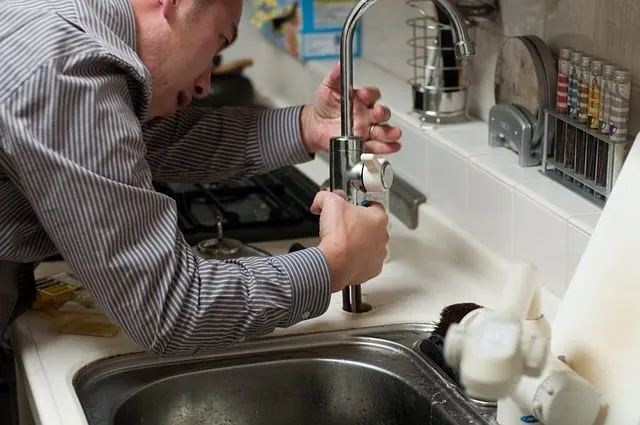
Are you looking to start a plumbing project but don’t know where to begin? Knowing the basics of plumbing can be incredibly helpful.
From understanding how your water system works to knowing how to identify and fix common issues, having some basic knowledge will help make any DIY job easier and less stressful.
So what are the essential plumbing basics that everyone should know?
Read on for the ultimate guide on all things plumbing-related!
If you need assistance with any aspect of your plumbing system, you can check this company out for high-quality services.
6 Plumbing Basics Homeowners Should Know
Good plumbing is an essential part of any home, and knowing the basics of how it works can help you save time and money when something goes wrong.
Here are some of the key basics of plumbing that everyone should know:
1. Water Pressure
Your water pressure is the amount of pressure behind the water coming into your home from your city’s main supply line. It affects things like shower heads, irrigation systems, and other components that require a certain amount of pressure to work properly. Options for adjusting your water pressure range from using a regulator installed on your main supply line to installing a pressure-reducing valve on individual fixtures.
2. Shutoff Valves
Every fixture in your house should have its own shutoff valve. These valves allow you to quickly turn off the flow of water to a single tap or appliance without shutting off all the water in your house. Knowing where these valves are located is one of the house plumbing basics that every homeowner would know.
3. Waste Pipes
Understanding how your waste pipes work is important for keeping them clean and free from clogs and backups. All waste pipes in a home should be connected to the main sewer line and vented properly so that wastewater can move through them freely. If not vented correctly, this can cause issues like back ups, slow drainage, foul odors and even damage to walls or floors due to leaking pipes.
4. Traps
Traps are shaped pieces of piping that keep sewer gasses from entering your home by creating a seal between the drain pipe and vent stack (the pipe that brings air into the system). There are two types of traps commonly used in plumbing: P-traps which prevent clogs from entering through wastewater lines, and S-traps which provide an additional layer of protection against sewer gas entering through dry drains (such as those found in tubs or showers).
5 . Sewer Lines
You can’t learn about the plumbing basics for beginners without mentioning the importance of sewer lines. The main line leading away from your home carries both greywater (dishwater, laundry runoffs) and blackwater (toilet wastes). This line runs underground until it reaches either a septic tank or municipal sewage system for proper disposal — whichever is available in your area!
6 . Water Heaters
Hot water heaters are designed to heat cold water when needed throughout the house; they come in both electric and gas models depending on what’s available at your residence. Keeping up with regular maintenance such as flushing sediment buildup out of tanks every few months helps ensure hot water runs smoothly throughout the year!
6 Plumbing Basics Everyone Should Know — Conclusion
Knowing these plumbing facts will give you a better understanding of how everything works together — making it easier for you to tackle any project that comes up!
- Sagittarius Man & Gemini Woman Love and Sex Compatibility - January 31, 2024
- Taurus Ascendant Rising Personality Traits in Men (Guide) - January 31, 2024
- How to Seduce and Attract a Sagittarius Man (Seduction Tips) - January 31, 2024
